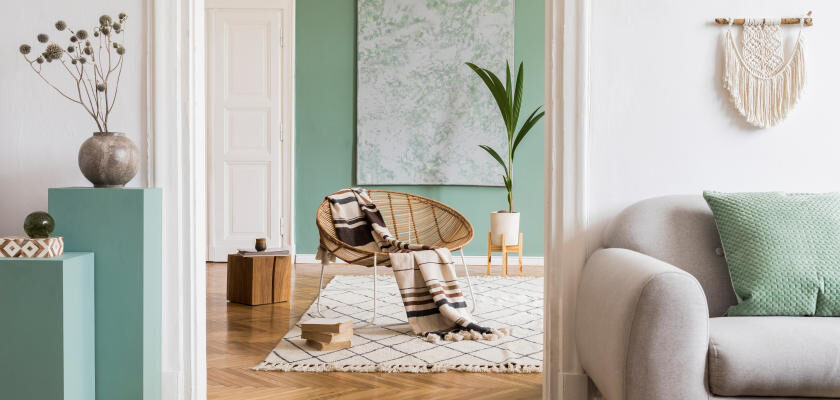When you’re looking to paint a room, it can be tricky to choose the right color for each wall. You want the color to be complementary but not too similar, so you might end up with a bunch of different shades on your walls. But how do you coordinate all these different colors without stepping on each other’s toes? In this blog post, we will discuss some tips for coordinating paint colors in adjoining rooms. From using light and dark shades to picking a color scheme, read on to learn everything you need to get started.
Coordinating Paint Colors in Adjoining Rooms

Source: lowes.com
When you want to paint adjacent rooms a different color, there are a few things to keep in mind. First, try to choose a complementary color. Second, make sure the colors are placed close together on the wall so they will blend together. Finally, use a light color in one room and a darker color in another to create contrast and depth. Using painting room services can help you choose the right colors and get the job done quickly.
How to Choose the Right Paint Colors for Your Room

Source: apartmenttherapy.com
Here are a few tips for choosing the right paint colors for adjoining rooms:
If you have two adjacent rooms, choose complementary colors. For example, if one room is blue and the other is green, choose a color for the wall in between that is also blue or green.
If you only have one room, use a warm color to highlight features in the room and cool colors to create depth. For example, use yellow to brighten up a corner of the room and add warmth, and use blue to create depth and cool down another area of the room.
When painting an adjoining wall, be sure to allow enough space so that doorways and windows can open without hitting the walls. Also, be sure to account for any furniture or decor in the adjoining room.
Tips for Painting an Adjoining Room

Source: interiorpainter.ca
When painting adjoining rooms, consider the following tips:
- Choose a color palette that works together and harmonizes well. A variety of colors can add depth and interest to a room.
- Try to match the color of the walls in each room. If one wall is painted a different color, use a trim or other accessory to help tie the two rooms together.
- Choose complementary colors for furniture, artwork, and other objects in each room. This will help create a cohesive look and feel in your home.
- Use neutral colors for trim and baseboards so that everything blends together visually.
Conclusion

Source: sharperimpressionspainting.com
When painting adjacent rooms, it’s important to consider the colors that will work well together. Not only will this help to create an aesthetically pleasing space, but it can also help to coordinate your interior design goals. Keep in mind the colors of furniture, artwork, and other elements in the room when making your choices for paint color. You might also want to consider using a color scheme that features complementary colors.

